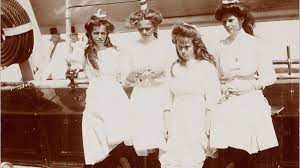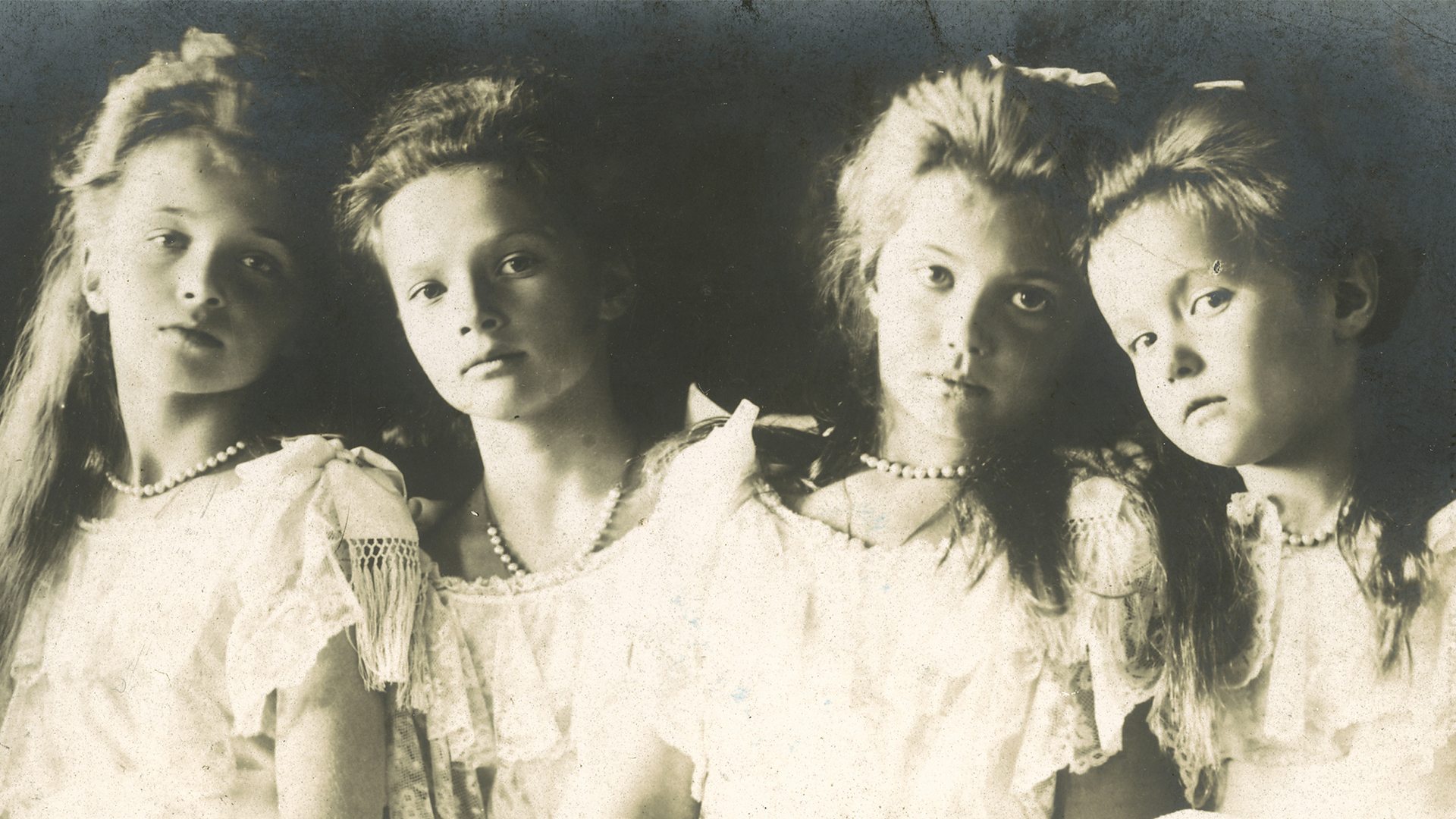Speaking about the last dynasty of the Russian Empire, there is a topic that always comes to the surface, the four Romanov princesses. Olga, Tatyana, Maria, and Anastasia were the daughters of the last emperor of Russia, tsar Nicholas II. Their lives as Russian grand duchesses, though short, were fascinating. The last days of these four sisters before they were assassinated more than a hundred years ago are still surrounded by mystery. It remains a favorite topic of discussion for many historians and conspiracy theorists.
What were the Romanov Princesses Really Like?
Behind closed doors, it seems hard to find out what these young princesses of Russia were really like. Grand duchesses Olga, Tatyana, Maria, and Anastasia were born and raised when the country desperately needed a male heir to keep the dynasty surviving. Their faces are quite familiar, even for today’s people. However, little has been known about these young grand duchesses beyond their informal but charming pictures produced for public consumption purposes.
Though the birth of these four princesses was a great joy for their doting parents, the public disappointment was clear. It was understood that when Princess Alexandra of Hesse married Nicholas II, her main duty was to bear a male heir to the imperial throne. Hence, the public dismay at the princesses’ birth was inevitable. The arrival of a male heir, Tsarevich Alexei in 1904 only took the four sisters further to the shadows.

The Grand Duchesses’ Home Life
Through letters and biography books by those who were close to Tsar Nicholas II’s family, the public at least can try to figure out the home life of the four sisters. According to those who had luckily spent time with the Romanovs, the princesses were known to grow up like any other happy family. They were like other normal sisters where fights, hair pulling, and squabbles were parts of their daily interactions.
However, no matter how normal Olga, Tatyana, Maria, and Anastasia were raised, still, they were royal princesses. Having Tsar Nicholas II as a father and Queen Victoria of England as a great grandmother, one can imagine how lavish their lives were. But, contrary to what the public might presume, Empress Alexandra as the descendent of Queen Victoria, followed British tradition tightly when it came to raising her children.
A rigorous English regime of frugality was the core of the princesses’ upbringing. They slept on iron bedsteads, wore hand-me-down clothes, and ate plain nursery food. The royal children also bathed with cold water and never spoilt. The sisters were educated with things necessary for social lives as daughters of a tsar. They also learned to speak English and French.
The Beginning of an End
In the 1900s, the political situation in Russia was volatile. The country turned out to be so dangerous and riots were everywhere. Hence the assassination threats against the imperial family were escalating. That forced Tsar Nicholas II and his family to draw themselves from public views and lived in obscurity.
Following the Bolshevik revolution, the Romanov Family was forced to live in strict isolation in the Alexander Palace. They were later transported to Tobolsk, Siberia, and then moved to a house in Ekaterinburg. On 16-17 July 1918, Tsar Nicholas II, Empress Alexandra, and their five children were shot and bayoneted to death. Their bodies were later dumped in the Koptyaki Forest. The tsar’s family was also mutilated with grenades so they couldn’t be identified.
Among the five children, conspiracy theorists believe that one sister survived the tragedy. They believe that Anastasia could escape the assassination and be secluded from public views abroad. However, conspiracies remain conspiracies, and nothing found to legitimately support this claim until now.







